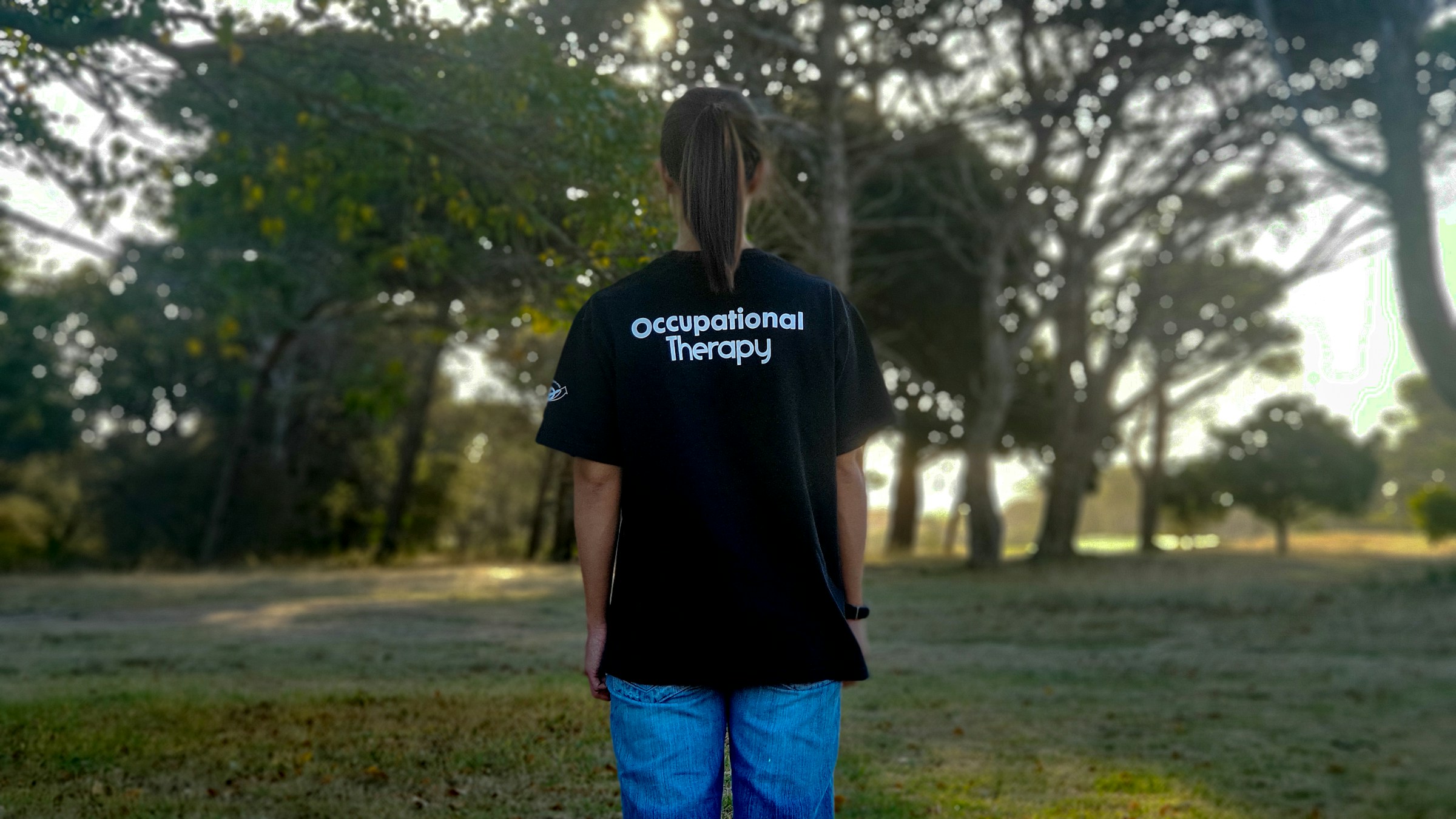Navigating daily activities that once felt effortless can become overwhelming when faced with disability, injury, or age-related changes. Whether you’re struggling to prepare meals safely, maintain independence in your bathroom, or adapt your living space after a medical event, the thought of travelling to multiple appointments can feel daunting. In-home occupational therapy eliminates these barriers, bringing professional support directly to your doorstep across Brisbane, North Lakes, Sydney, Melbourne, Gold Coast, and the Sunshine Coast regions.
For many Australians, booking an in-home occupational therapy session represents the first step towards reclaiming independence and improving quality of life. However, understanding the process—from determining eligibility to preparing for your first assessment—can feel complex. This comprehensive guide demystifies the booking process, ensuring you can access the personalised care you deserve without unnecessary stress or confusion.
How Do I Determine My Eligibility for in-home occupational therapy services?
Understanding your eligibility forms the foundation of successfully booking an in-home occupational therapy session. In Australia, multiple funding pathways support occupational therapy services, each with distinct requirements and application processes.
NDIS Participants and Access Requirements
NDIS participants represent the largest group accessing in-home occupational therapy services. To qualify, you must be under 65 years of age when first applying to the NDIS, be an Australian citizen or permanent resident, and have a permanent disability that significantly impacts your daily life. Your NDIS plan must include funding under “Capacity Building Supports” or “Core Supports – Assistance with Daily Life” categories.
Before booking an in-home occupational therapy session, review your current NDIS plan to confirm available funding. Check your NDIS portal or contact your Local Area Coordinator to verify remaining budgets. Essential documentation includes your NDIS participant number, current plan dates, and any relevant medical reports supporting your occupational therapy needs.
Aged Care Recipients and My Aged Care Pathways
Australians aged 65 and over (or 50+ for Aboriginal and Torres Strait Islander people) can access occupational therapy through Home Care Packages or Commonwealth Home Support Programme services. Eligibility requires an assessment through My Aged Care, which evaluates your ability to perform daily activities, maintain safety at home, and remain socially connected.
The My Aged Care assessment process involves a telephone screening followed by a comprehensive face-to-face assessment if required. Assessors examine your physical capabilities, cognitive function, and home environment to determine appropriate support levels. This process typically takes 2-4 weeks from initial contact to funding approval.
Private Client Options and Insurance Coverage
Private clients can access in-home occupational therapy services through self-funding or private health insurance. Some private health insurers cover occupational therapy under ancillary or extras cover, though coverage varies significantly between providers and policy levels.
Workers’ compensation schemes and motor vehicle accident insurance may also fund occupational therapy services for eligible individuals. These pathways often require pre-approval and specific documentation from treating medical practitioners before booking an in-home occupational therapy session.
What Information Do I Need Before Booking My First Session?
Gathering the right information streamlines the booking process and ensures your occupational therapist can provide targeted, effective interventions from the first visit.
Essential Documentation and Personal Details
Your basic contact information, including full name, address, phone number, and email, forms the starting point. However, additional documentation significantly impacts service delivery quality. Medical reports, hospital discharge summaries, and specialist recommendations provide valuable context about your condition and treatment goals.
For NDIS participants, have your participant number, plan document, and any previous therapy reports readily available. Aged care recipients should gather their My Aged Care reference number, assessment outcomes, and Home Care Package details. Private clients benefit from collecting relevant insurance policy information and any medical referrals.
Current Challenges and Goal Identification
Articulating your current difficulties helps occupational therapists understand your priorities and design appropriate interventions. Consider challenges across multiple domains: self-care activities like showering and dressing, domestic tasks including cooking and cleaning, mobility around your home, and community participation such as shopping or social activities.
Document specific examples rather than general statements. Instead of saying “I have trouble in the bathroom,” describe precise difficulties like “I cannot step over the bath edge safely” or “I cannot reach items in the shower.” This specificity enables more targeted assessment and intervention planning.
Which Booking Method Works Best for My Situation?
Astrad Allied Health offers multiple booking channels to accommodate diverse client needs and preferences across Queensland, New South Wales, Victoria, and Tasmania.
Online Booking and Digital Platforms
The online booking system provides convenience for clients comfortable with digital platforms. Through Astrad’s website, you can submit detailed booking requests including preferred appointment times, brief descriptions of your needs, and relevant background information. This method allows you to provide comprehensive information at your own pace without time pressures.
Online booking works particularly well for clients with clear, documented needs who prefer written communication. The system generates automatic confirmations and allows easy access to appointment details and preparation information.
Telephone Consultations and Direct Communication
Phone booking offers immediate personal interaction and allows for detailed discussions about your specific situation. During these conversations, Astrad’s team can provide preliminary guidance, answer questions about service delivery, and help determine the most appropriate initial assessment approach.
Telephone booking particularly benefits clients who prefer verbal communication, have complex situations requiring discussion, or need immediate clarification about funding and eligibility. The direct conversation enables real-time problem-solving and personalised scheduling based on your specific circumstances.
Telehealth Options for Rural and Remote Areas
For clients in rural locations or those preferring remote consultations, telehealth provides accessible occupational therapy support. While not replacing hands-on assessment entirely, telehealth sessions effectively address specific goals like caregiver training, environmental modification planning, and skill development strategies.
Telehealth booking suits clients in remote areas of Queensland, Victoria, New South Wales, and Tasmania who may face travel barriers. This option requires reliable internet connectivity and basic technology setup, which Astrad’s team can help arrange.
How Should I Prepare My Home for an Occupational Therapy Assessment?
Proper preparation enhances assessment quality and ensures your occupational therapist can evaluate all relevant areas effectively during your in-home session.
Physical Environment and Safety Considerations
Ensure clear pathways throughout your home so the occupational therapist can safely access all areas requiring assessment. Remove temporary obstacles like shoes, bags, or electrical cords that might create tripping hazards. However, leave permanent furniture and equipment in their usual positions, as these represent your typical living environment.
Ensure adequate lighting in all areas, particularly bathrooms, kitchens, and staircases. Good visibility allows thorough safety assessments and accurate evaluation of your current setup. If certain lights are broken or inadequate, note these issues for discussion during the assessment.
Documentation and Information Organisation
Organise all relevant paperwork in an easily accessible location. Create a simple folder containing medical reports, current medication lists, previous therapy reports, and funding documentation. Having information readily available prevents delays and ensures a comprehensive assessment.
Prepare a list of specific concerns or questions you want to address during the session. Writing these down beforehand prevents forgetting important points during the assessment and ensures all your priorities receive attention.
Clothing and Personal Preparation
Wear comfortable, loose-fitting clothing that allows easy movement and doesn’t restrict your normal activities. Choose footwear you typically wear at home, whether that’s shoes, slippers, or bare feet. This represents your genuine daily functioning rather than artificial assessment conditions.
Consider having family members or carers present if they typically assist with daily activities. Their input provides valuable perspective on your usual routines and challenges, contributing to more comprehensive assessment outcomes.
What Can I Expect During Your Initial In-Home Occupational Therapy Session?
Understanding the assessment process reduces anxiety and helps you participate more effectively in goal setting and intervention planning.
Comprehensive Assessment Components
Your initial session focuses on understanding your current abilities, challenges, and environmental factors affecting daily functioning. The occupational therapist will observe you performing routine activities, assess your physical and cognitive capabilities, and evaluate your home environment for safety and accessibility.
Functional assessments might include observing meal preparation, bathroom transfers, or mobility around different areas of your home. These observations provide objective information about your current performance and identify specific areas requiring intervention or environmental modification.
The environmental assessment examines your home layout, furniture placement, lighting, and potential hazards. Your occupational therapist will identify modification opportunities that could enhance safety and independence, from simple rearrangements to equipment recommendations or minor home modifications.
Goal Setting and Treatment Planning
Collaborative goal setting ensures your occupational therapy interventions align with your priorities and values. Your therapist will work with you to establish specific, measurable objectives that reflect your desired outcomes and realistic timeframes.
Goals might address immediate safety concerns, skill development for specific activities, or longer-term independence objectives. For example, goals could include “safely prepare simple meals independently within four weeks” or “complete shower routine with minimal assistance using appropriate equipment.”
The treatment plan outlines specific interventions, recommended equipment, environmental modifications, and session frequency required to achieve your goals. This plan serves as your roadmap for occupational therapy services and guides ongoing progress monitoring.
| Assessment Component | Typical Duration | Key Focus Areas | Expected Outcomes |
|---|---|---|---|
| Initial Interview | 20-30 minutes | Medical history, current concerns, goals | Understanding client priorities |
| Functional Assessment | 30-45 minutes | Daily living skills, mobility, safety | Identifying performance gaps |
| Environmental Evaluation | 15-30 minutes | Home layout, hazards, accessibility | Modification recommendations |
| Goal Setting | 15-20 minutes | Collaborative planning, timeframes | Personalised treatment plan |
How Does the Funding and Payment Process Work for Different Client Types?
Understanding funding processes prevents confusion and ensures smooth service delivery throughout your occupational therapy journey.
NDIS Funding and Service Agreements
NDIS participants benefit from direct billing arrangements, meaning Astrad invoices the NDIS directly for approved services. You’ll sign a service agreement outlining session frequency, cancellation policies, and billing procedures. This agreement protects both parties and ensures transparent service delivery.
Monitor your NDIS plan budgets regularly through the participant portal or mobile app. Occupational therapy sessions typically draw from “Capacity Building – Improved Daily Living” or “Core Support – Assistance with Daily Life” categories, depending on your specific interventions and goals.
Home Care Package Integration
Home Care Package recipients can allocate funds towards occupational therapy services within their approved budget. Your case manager or provider organisation must approve occupational therapy services before commencement, ensuring alignment with your care plan objectives.
Discuss occupational therapy goals with your case manager to demonstrate how these services support your overall care plan. Emphasise connections between occupational therapy interventions and your ability to remain safely at home, maintain independence, and achieve quality of life improvements.
Private Payment and Insurance Claims
Private clients receive detailed quotes outlining session costs, equipment expenses, and any additional charges before service commencement. Payment options typically include bank transfer, credit card, or direct debit arrangements, providing flexibility to suit your preferences.
For clients with private health insurance, Astrad can provide detailed invoices and treatment summaries to support your insurance claims. However, check your specific policy coverage before booking an in-home occupational therapy session, as coverage varies significantly between insurers and policy levels.
Moving Forward with Confidence in Your Occupational Therapy Journey
Successfully booking an in-home occupational therapy session opens the door to enhanced independence, improved safety, and better quality of life within your own home environment. By understanding eligibility requirements, gathering necessary documentation, and preparing appropriately for your initial assessment, you set the foundation for meaningful therapeutic outcomes.
The personalised nature of in-home occupational therapy allows for interventions tailored specifically to your living environment, daily routines, and individual goals. Whether you’re navigating NDIS funding, utilising Home Care Package supports, or investing privately in your health and independence, the step-by-step process outlined in this guide ensures you can access appropriate professional support efficiently and effectively.
Remember that booking your first session represents just the beginning of your occupational therapy journey. The collaborative relationship between you and your occupational therapist will evolve as you work together to address challenges, celebrate progress, and adapt interventions based on your changing needs and circumstances.
Have questions? Need help? Contact Astrad Allied Health today.












